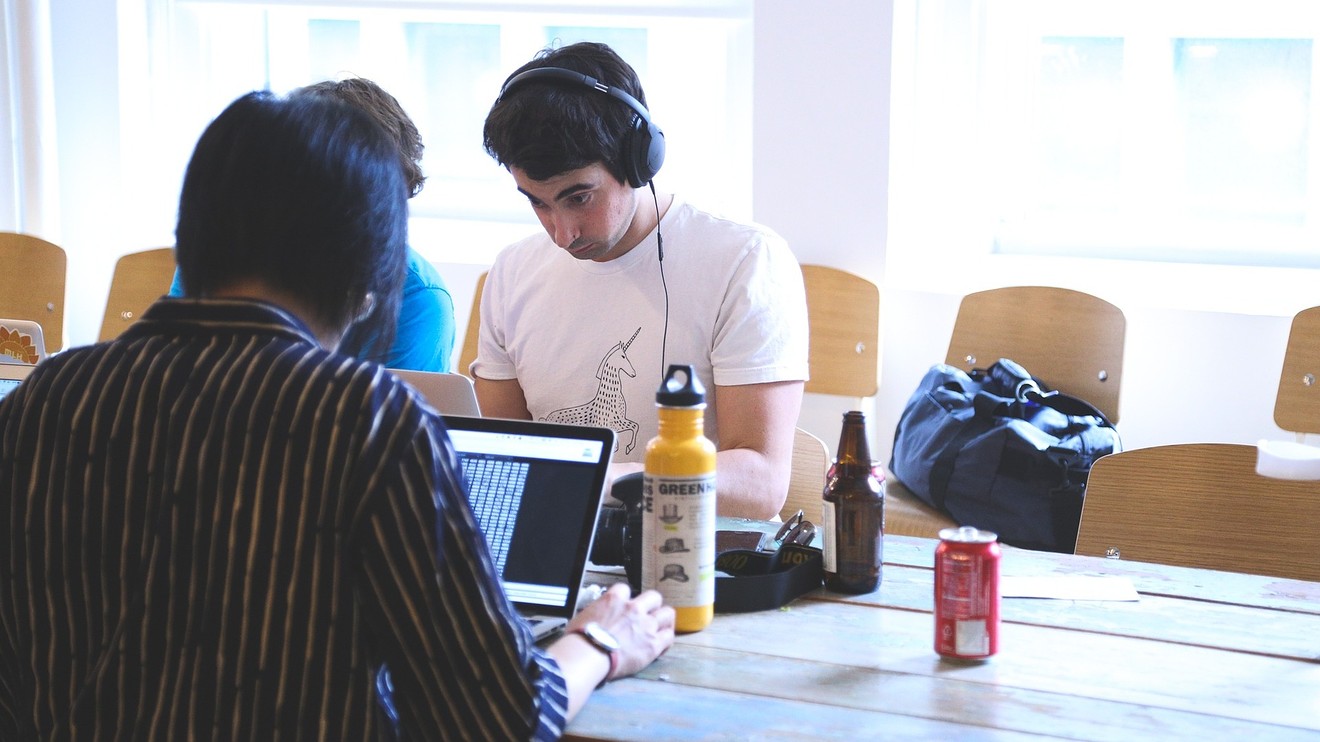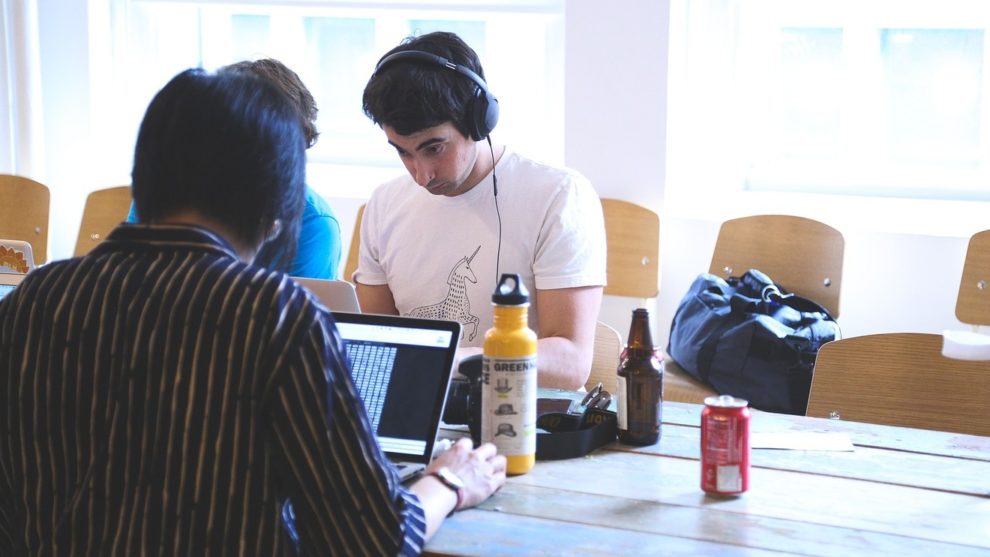
As employees transition back to offices in New York City and around the U.S. post-coronavirus lockdown, they’re likely to return to a very different reality.
When the time eventually comes to reopen — a move officials have advised should be a gradual process — businesses will have to “think about how they’re going to reopen with this quote-unquote new normal,” Gov. Andrew Cuomo said over the weekend. “What precautions are they going to take in the workplace? What safeguards are they going to put in place? It’s very much going to be up to businesses.”
Once such change will be the use of square footage. In New York City, larger companies may start “downgrading space,” according to Andrew Feldman, a Compass broker who specializes in residential and commercial investment property sales.
“You’re going to see larger corporations with lots of staff taking small satellite offices [in suburban spots like Long Island and Westchester] and downgrading in New York City,” Feldman said.
“I think most [companies] right now are looking out for potentially another drop in the stock market. Most companies are going to be risk-averse,” Feldman said, and find the “most cost effective way of keeping employees safe.”
Across the board, some organizations “may choose to expand their space to allow for everyone to still be together while also adhering to any new physical distancing guidelines,” according to Elizabeth Brink, principal at San Francisco-based design and architecture firm Gensler.
“Some may choose to keep their current square footage and use shifts with a more permanent work from home plus working in the office combination. And, we may see some companies realize they can run their businesses effectively with a much smaller office and many people working largely from home,” she said.
Beyond their physical footprint, offices are going to witness other changes as workers start coming back through the doors.
“There’s been a big realization that we need to take care of the health and cleanliness of our environments,” Brink said. “And a big shift of people who thought they’d never work from home are working from home.”
Each is going to lead to a “fundamental shift in office dynamics and that will really change things over the long run,” she said.
Phase one of returning to work is almost certainly going to see employees working in the office in shifts, according to Dr. Anna Tavis, academic director of the Human Capital Management Department at the NYU School of Professional Studies. In addition to reducing density in the office, this would help prevent masses of people from crowding the subway during rush hours.
“For us in New York, it’s not even the office, I’m more concerned with getting back on the Q train in rush hour,” Tavis said.
While at work, companies will likely want to continue to enforce some level of social distancing, which we have all become accustomed to while in public or grocery shopping.
“Not only do you want people with six to eight feet of space between them, but you want to make sure people aren’t facing each other. If they have to be [facing], maybe put up some barrier, maybe plexiglass,” Brink said. “A lot of people are thinking about if people should be wearing masks, especially in the beginning.”
Companies are also mulling the benefits of sensor bands that alert people if they get too close to another person wearing a sensor, she said.
“There are physical as well as behavioral solutions,” and part of the initial return to the office will be setting those new normals and policies, according to Brink.
Another part of the new normal will be companies setting new rules on cleanliness and communicating them to employees. “It reassures you,” Brink said. And “that level of reassurance will be really important going forward.”
Looking further ahead from the immediate challenge of transitioning back to the office, more people will likely be given the flexibility to continue working from home completely or to do so more regularly, according to Tavis.
“We kind of assume that collaboration means physical presence in one place,” according to Tavis. “But now we’ve learned that’s not the case.”
“What is the role of personal proximity in the workplace? We’ve never been asked that before,” Tavis said. “We assume we need to work together and work together means one room, one location and now we’ve got other options, so this is the space that we need to define.”
Those changes will also determine companies’ floorplans, too.
“Offices have been more of a hybrid office with open and closed spaces, and I think that balancing point will probably shift,” Brink said. “People will be doing some of their work at home so the use of space may recalibrate.” We’ll see “more of a collaboration space, more social space because that’s what’s really driving people to the office in the future.”









